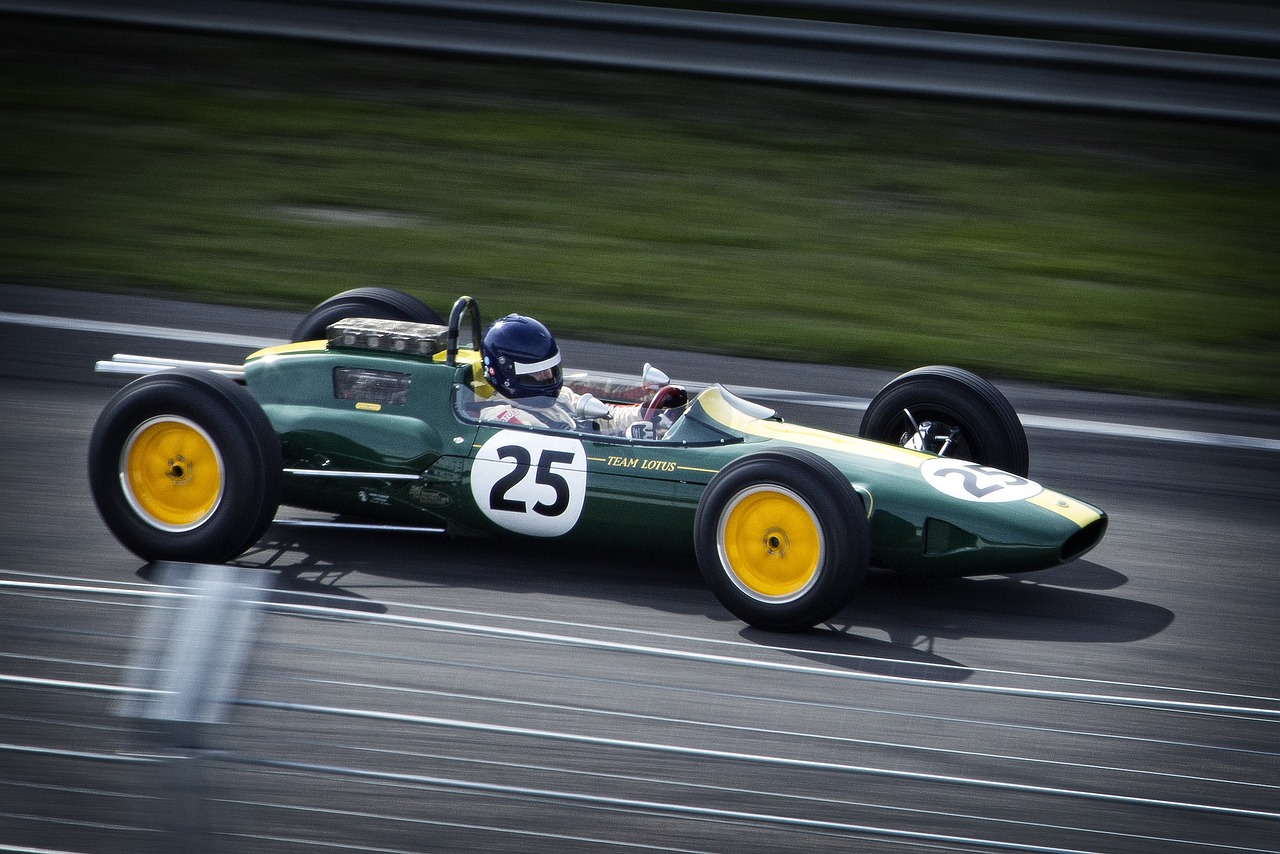Discover - Part 1
Exploring Time Travel: Part 1
Time travel has long been a fascinating concept in science fiction, captivating audiences with its endless possibilities. While time travel remains a theoretical concept in the realm of physics, its exploration can offer valuable insights into the nature of time, causality, and the universe itself.
Theories of Time Travel
Several theories in physics propose ways in which time travel could potentially be realized. One such theory involves wormholes, hypothetical tunnels in spacetime that could connect distant points in space and time. Another theory considers the concept of time dilation, where an object moving at relativistic speeds experiences time differently compared to a stationary observer.
Paradoxes and Conundrums
Time travel is often accompanied by paradoxes and conundrums that challenge our understanding of causality. The famous grandfather paradox, for instance, raises questions about what would happen if a time traveler were to go back in time and prevent their own grandfather from meeting their grandmother, thereby preventing their own existence.
Popular Depictions
Time travel has been a popular theme in literature, movies, and television, with iconic works such as H.G. Wells' "The Time Machine" and the "Back to the Future" film series exploring the implications and consequences of time travel. These narratives often delve into the moral, ethical, and philosophical dilemmas that arise from altering the past or future.
Future Possibilities
While time travel remains speculative, ongoing research in physics continues to push the boundaries of our understanding of time and space. Whether time travel will ever become a practical reality or remain confined to the realm of imagination, the exploration of this concept sparks curiosity and drives scientific inquiry.

Stay tuned for Part 2 of our exploration into the intriguing world of time travel, where we will delve deeper into the mechanics, challenges, and potential implications of traversing the fabric of time itself.
References:
